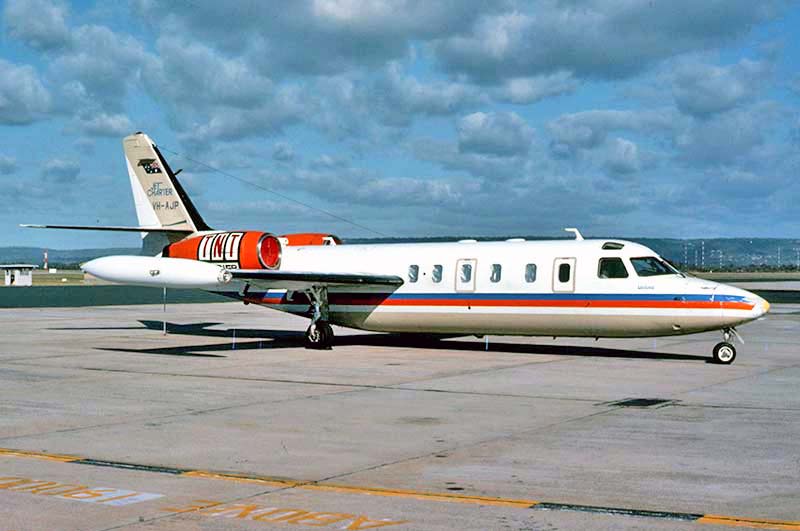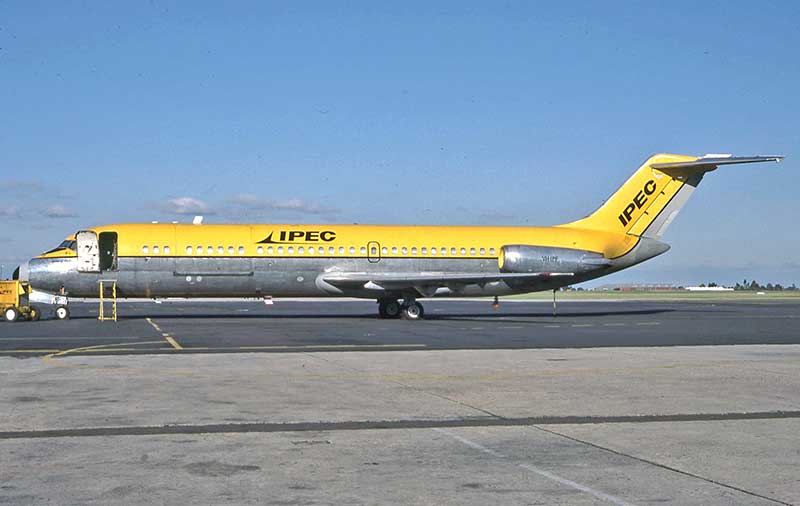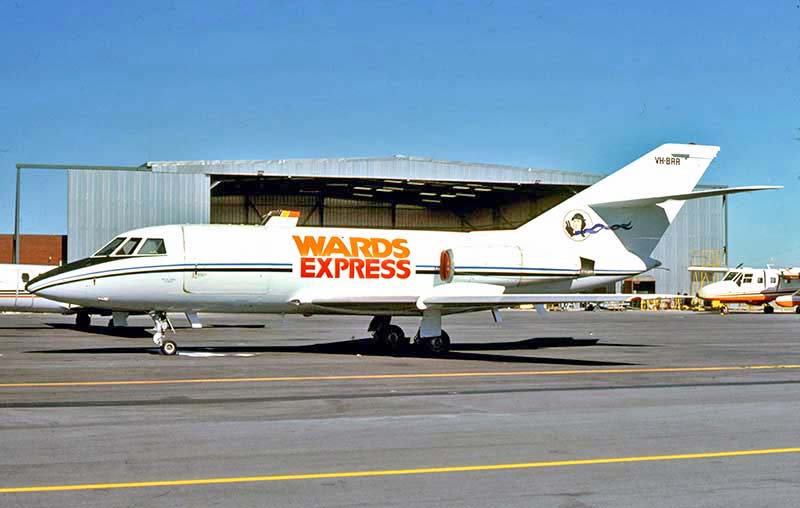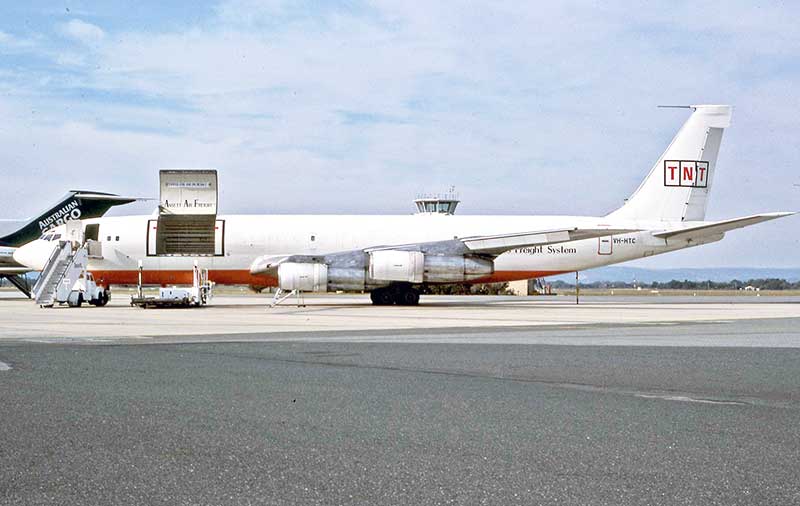 The question “What is air freight, and what goods move by air?” often comes up, and with good reason: air freight, while only 2% of all cargo transported globally by volume, accounts for over 25% of the world’s total freight value. First introduced on November 7, 1910, air freight began when a cargo of silk was flown between Daytona and Columbus, Ohio. Soon after, in 1911, air mail was transported as cargo, becoming an official service in 1912 across the USA and Germany. The U.S. Postal Service played a pivotal role in air freight’s development, and by 1925, airmail routes spanned the USA, spurring the early commercial aviation industry.
The question “What is air freight, and what goods move by air?” often comes up, and with good reason: air freight, while only 2% of all cargo transported globally by volume, accounts for over 25% of the world’s total freight value. First introduced on November 7, 1910, air freight began when a cargo of silk was flown between Daytona and Columbus, Ohio. Soon after, in 1911, air mail was transported as cargo, becoming an official service in 1912 across the USA and Germany. The U.S. Postal Service played a pivotal role in air freight’s development, and by 1925, airmail routes spanned the USA, spurring the early commercial aviation industry.
Air freight gained momentum during World War II, as the transportation of heavy and bulky shipments became essential. The war catalyzed rapid advancements in air logistics, allowing for the movement of various essential goods worldwide. This era marked the start of what would become a global industry, capable of moving large shipments swiftly and efficiently. As air freight evolved, it transformed from a military necessity to an indispensable aspect of global trade and commerce, handling everything from critical documents to high-value products.
 The 1970s introduced the world’s first door-to-door air express courier services, led by the innovative Federal Express (FedEx) under the guidance of Fred Smith, a dynamic entrepreneur. With a bold approach, FedEx launched its operations amidst financial struggles, and at one point, Smith famously gambled the company’s last $5,000 in Las Vegas, which allowed FedEx to survive and thrive. Today, FedEx remains a leader in the air courier market with over 250 jet freighters and operations in more than 220 countries. UPS soon followed suit, becoming another air freight giant with a vast fleet of vehicles and a comparable revenue base. Early in 1972 Lufthansa flew the first Boeing 747 Freighter service between Frankfurt and New York carrying 80 tons of air cargo.
The 1970s introduced the world’s first door-to-door air express courier services, led by the innovative Federal Express (FedEx) under the guidance of Fred Smith, a dynamic entrepreneur. With a bold approach, FedEx launched its operations amidst financial struggles, and at one point, Smith famously gambled the company’s last $5,000 in Las Vegas, which allowed FedEx to survive and thrive. Today, FedEx remains a leader in the air courier market with over 250 jet freighters and operations in more than 220 countries. UPS soon followed suit, becoming another air freight giant with a vast fleet of vehicles and a comparable revenue base. Early in 1972 Lufthansa flew the first Boeing 747 Freighter service between Frankfurt and New York carrying 80 tons of air cargo.
In Australia, Wards Express became the first domestic air freight express consolidator in the 1960s, founded by Sid Ward in a modest Sydney garage. Wards Express quickly expanded with a fleet of jets and delivery vehicles nationwide. As the country’s air freight needs grew, Ansett and TAA emerged as major players, with Ansett Air Freight offering extensive coverage from east to west and throughout Queensland and the Northern Territory. Ansett partnered with TNT Air Freight, creating a robust network that carried the freight industry’s early momentum in Australia.
 The 1980s saw fierce competition and rapid expansion of express air freight companies in Australia. Skyroad Express, founded by Peter Macor in 1978 with just $12,000, grew to hold a substantial share of the air express market before being acquired by Mayne Nickless. Other air freight companies like Kwikasair, Comet Air, and Country Couriers also entered the market, though most were eventually absorbed by industry giants TNT and Mayne Nickless. These consolidations created a strong foundation for Australia’s air freight industry, shaping a competitive and dynamic market.
The 1980s saw fierce competition and rapid expansion of express air freight companies in Australia. Skyroad Express, founded by Peter Macor in 1978 with just $12,000, grew to hold a substantial share of the air express market before being acquired by Mayne Nickless. Other air freight companies like Kwikasair, Comet Air, and Country Couriers also entered the market, though most were eventually absorbed by industry giants TNT and Mayne Nickless. These consolidations created a strong foundation for Australia’s air freight industry, shaping a competitive and dynamic market.
By the late 1990s, TNT, Ansett, and Mayne Nickless faced legal scrutiny over pricing and business practices in the Federal Court, admitting to a long-standing agreement not to compete for each other’s accounts. Nonetheless, their influence solidified air freight’s place in Australia’s logistics sector. The industry has continued to grow and innovate, with companies like FedEx, UPS, and DHL leading international air freight and express services today, setting global standards for efficiency, reliability, and reach.




 The question “What is air freight, and what goods move by air?” often comes up, and with good reason: air freight, while only 2% of all cargo transported globally by volume, accounts for over 25% of the world’s total freight value. First introduced on November 7, 1910, air freight began when a cargo of silk was flown between Daytona and Columbus, Ohio. Soon after, in 1911, air mail was transported as cargo, becoming an official service in 1912 across the USA and Germany. The U.S. Postal Service played a pivotal role in air freight’s development, and by 1925, airmail routes spanned the USA, spurring the early commercial aviation industry.
The question “What is air freight, and what goods move by air?” often comes up, and with good reason: air freight, while only 2% of all cargo transported globally by volume, accounts for over 25% of the world’s total freight value. First introduced on November 7, 1910, air freight began when a cargo of silk was flown between Daytona and Columbus, Ohio. Soon after, in 1911, air mail was transported as cargo, becoming an official service in 1912 across the USA and Germany. The U.S. Postal Service played a pivotal role in air freight’s development, and by 1925, airmail routes spanned the USA, spurring the early commercial aviation industry. The 1970s introduced the world’s first door-to-door air express courier services, led by the innovative Federal Express (FedEx) under the guidance of Fred Smith, a dynamic entrepreneur. With a bold approach, FedEx launched its operations amidst financial struggles, and at one point, Smith famously gambled the company’s last $5,000 in Las Vegas, which allowed FedEx to survive and thrive. Today, FedEx remains a leader in the air courier market with over 250 jet freighters and operations in more than 220 countries. UPS soon followed suit, becoming another air freight giant with a vast fleet of vehicles and a comparable revenue base. Early in 1972 Lufthansa flew the first
The 1970s introduced the world’s first door-to-door air express courier services, led by the innovative Federal Express (FedEx) under the guidance of Fred Smith, a dynamic entrepreneur. With a bold approach, FedEx launched its operations amidst financial struggles, and at one point, Smith famously gambled the company’s last $5,000 in Las Vegas, which allowed FedEx to survive and thrive. Today, FedEx remains a leader in the air courier market with over 250 jet freighters and operations in more than 220 countries. UPS soon followed suit, becoming another air freight giant with a vast fleet of vehicles and a comparable revenue base. Early in 1972 Lufthansa flew the first  The 1980s saw fierce competition and rapid expansion of express air freight companies in Australia. Skyroad Express, founded by
The 1980s saw fierce competition and rapid expansion of express air freight companies in Australia. Skyroad Express, founded by 